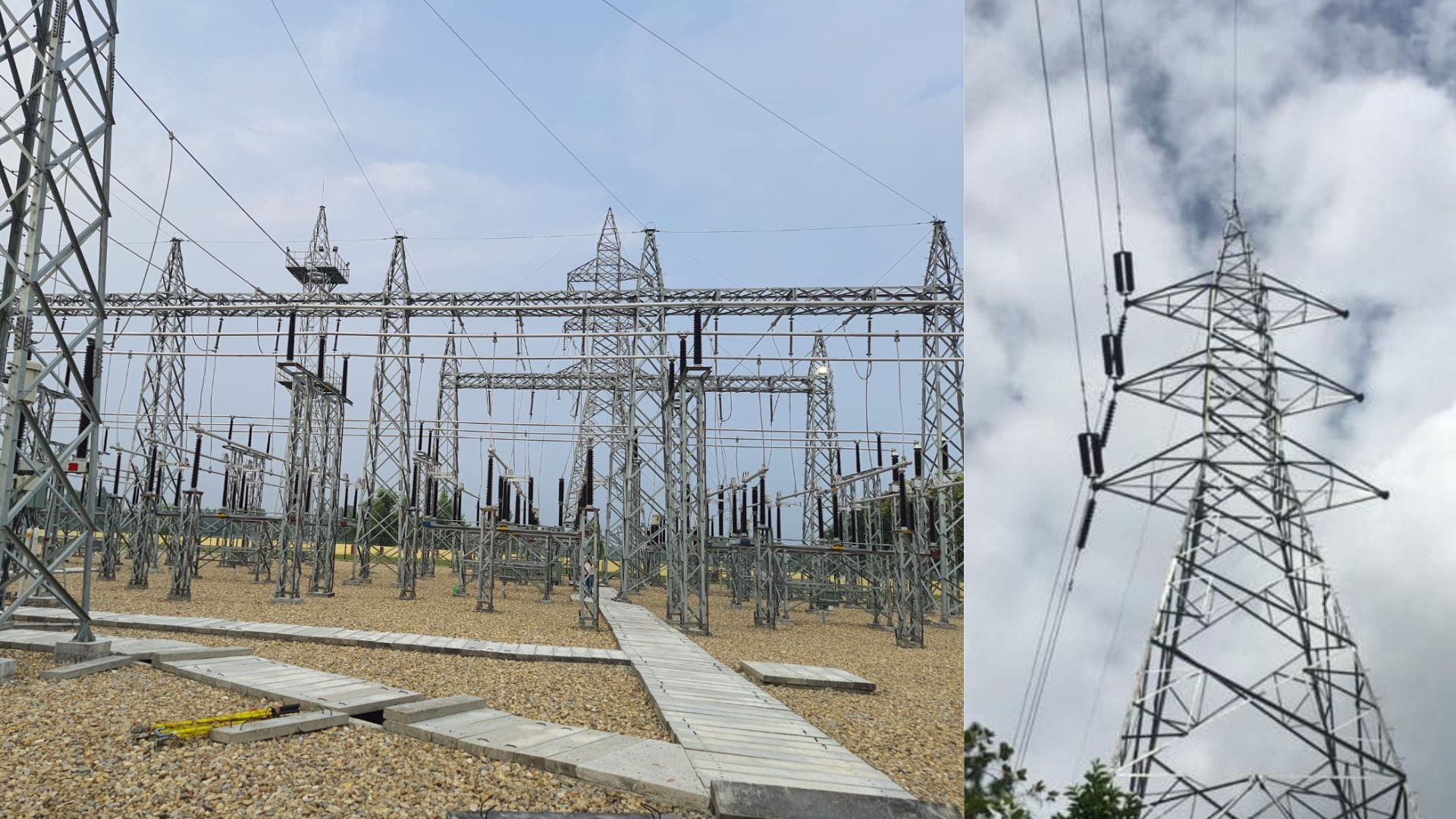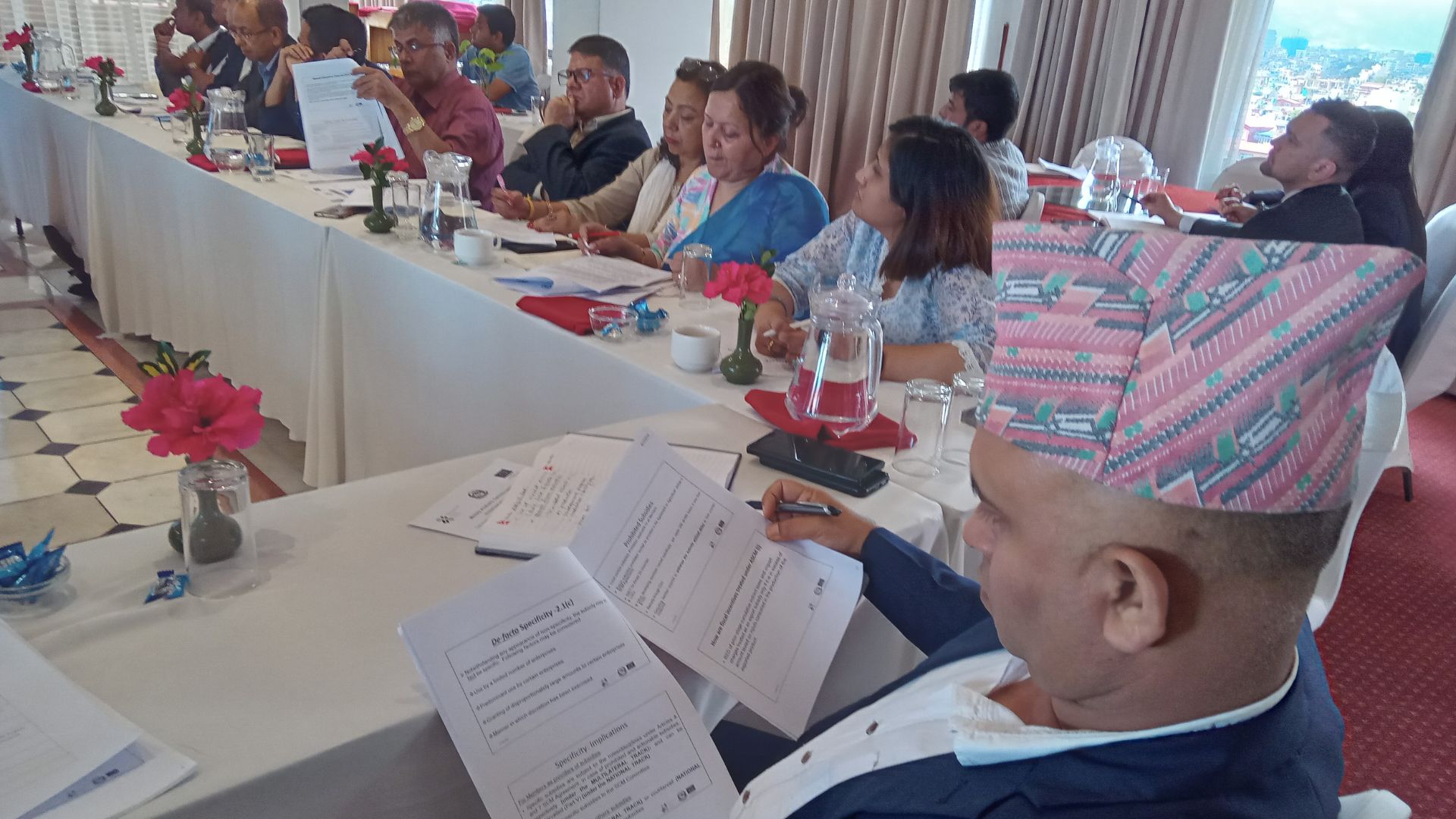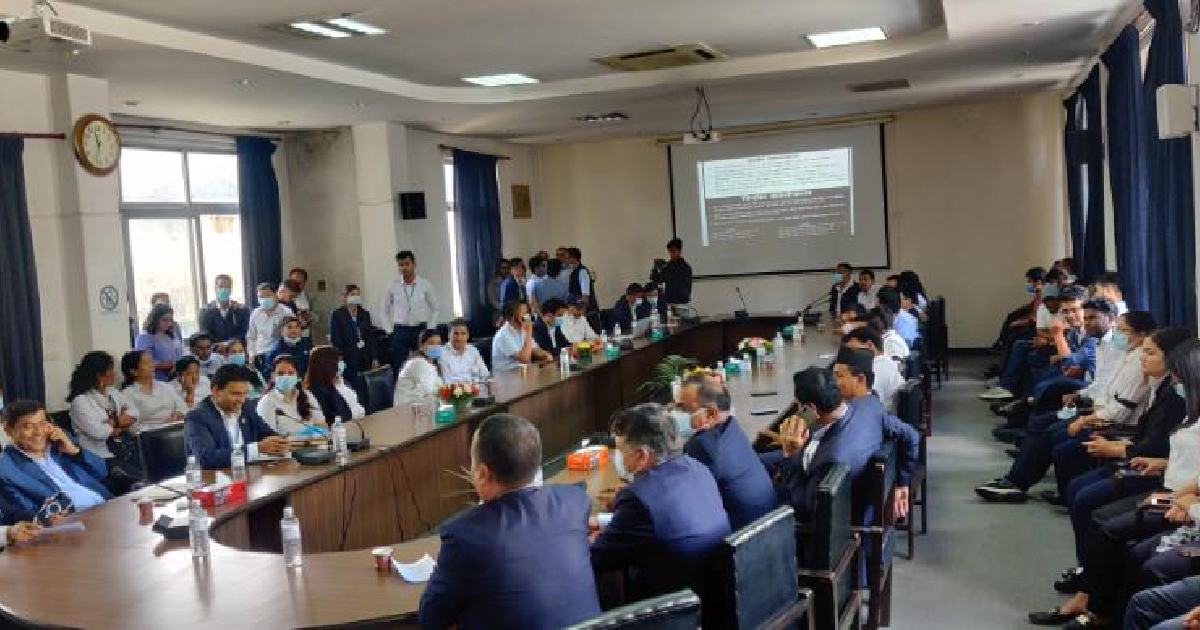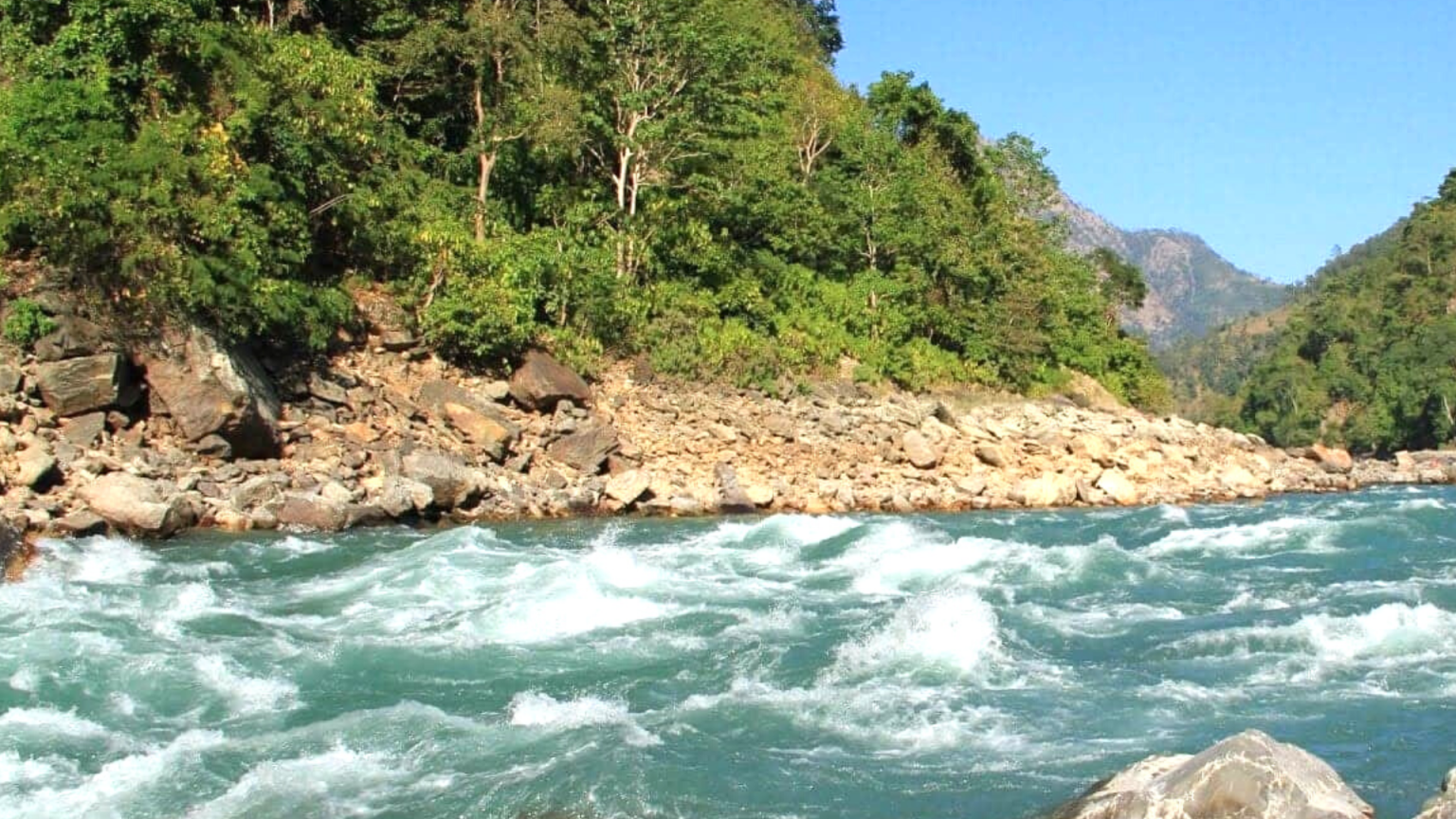

KATHMANDU: The government has enforced the long-awaited Hedging Regulations 2022, which is expected to minimize the commercial risk associated with foreign currency fluctuation, in development projects. The regulation came into effect after it was published in the gazette on Thursday. The newly introduced regulations envisage providing hedging facilities to seven different types of projects. The hedging fee to be borne by different institutions is also determined in the regulations. The fee will be determined in a tripartite agreement between the related project, business organization, and the hedging bank.
Which are the projects covered by the hedging?
The first types of projects where hedging facilities are available are reservoir or semi-reservoir power projects with a capacity of 100 MW or above. Out of the total hedging fee determined for such projects, the Government of Nepal will bear 5 percent and commercial organizations will bear 40 percent. Similarly, 20 percent of the hedging fee determined by the government will be borne for such projects and 35 percent by the business organizations. The second type of project is the construction project which includes a Transmission Line with a voltage level of 220 KV or above.
Thirdly, construction projects such as the metro or mono railway longer than 10 km will be covered by the regulation. As per the regulation, the government will bear 5 percent and 30 percent of the hedging fee.
Similarly, the fourth types of project include the construction of toll roads, flyovers, underpasses, signature bridges or tunnels, and highway construction projects longer than 50 kilometers. The government will pay 10 percent and 30 percent of the hedging fee by commercial organizations.
The fifth is the construction and capacity expansion of international and regional airports. It has been arranged that the government will bear 20 percent and business organizations will bear 30 percent.
In the sixth, there are two infrastructure projects related to health, agriculture, education, tourism, information technology, industrial infrastructure and urban development worth more than Rs.2 billion. 10 percent of the hedging fee will be paid by the government and 20 percent by commercial organizations.
Seventhly, the hedging fee will be charged in other projects decided by the government. A maximum of 20 percent of the hedging fee will be borne as per the decision of the government.
The hedging fee will be determined based on the foreign exchange rate risk, currency inflation risk, equity and loan portion of the project, loan repayment period, prevailing inter-currency interest rate, risk management and transfer, and the nature of the project.
The government will appoint organizations to provide hedging facilities according to the regulations. An infrastructure development bank or a commercial bank that wants to work as an organization providing hedging facilities must submit a proposal to the ministry along with a business plan. The ministry will designate a bank as a hedging institution based on the proposal, business plan and functionality received.










